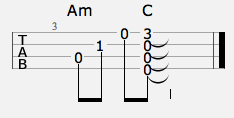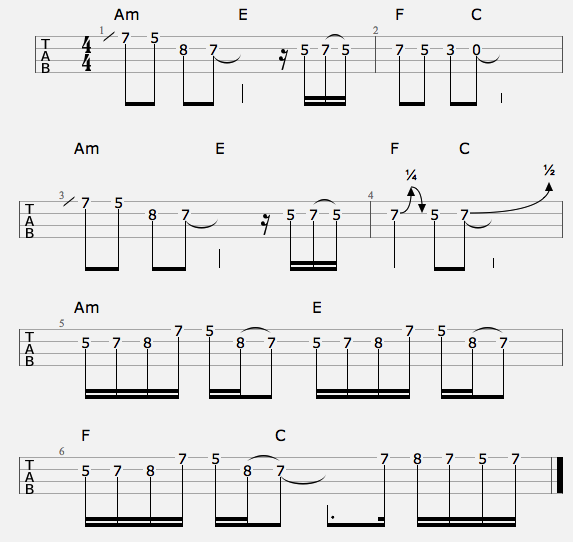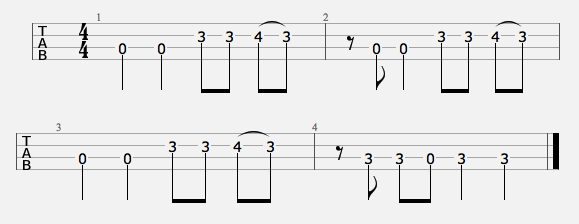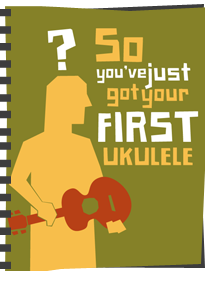Weezer/Sarah Blackwood – Say It Ain’t So (Chords)
The vote for Ukulele Video of the Year starts tomorrow. You’ll have to wait until then to see the nominees. One thing I will reveal: Walk off the Earth didn’t make the cut. A surprise to me given how huge a year they had last year. In order to console this huge blow to their career, here’s WOTE’s Sarah Blackwood and her Big Muff covering Weezer’s Say It Ain’t So.
I’ve tabbed up this version. But if you want to play it in the same key as Weezer play the same chords with a capo on the third fret.
Suggested Strumming
Intro
The intro combines chords and a bit of picking like this:
Verse
In the verse you’re strumming on the off-beats. Also, rest your hand on the string afterwards so they should short.
– d – d
For the F and the C at the end of the verse do the same as at the end of the intro: d u x on F then one up strum for C.
Together they sound like this:
Chorus
Do this once each for Am and E:
d u x x
Once each for Am and E.
Then for F: d u x
Then C: u – u d u
Notice you’re coming in on the C on the up-strum; slightly earlier than the down strum you come in on the other chords. At the end of the intro/chorus just hold the first up-strum on the C.
Together they sound like this:
Twiddly Bits
There’s little bit of picking at the end of the verses:
And the big solo goes like this:







